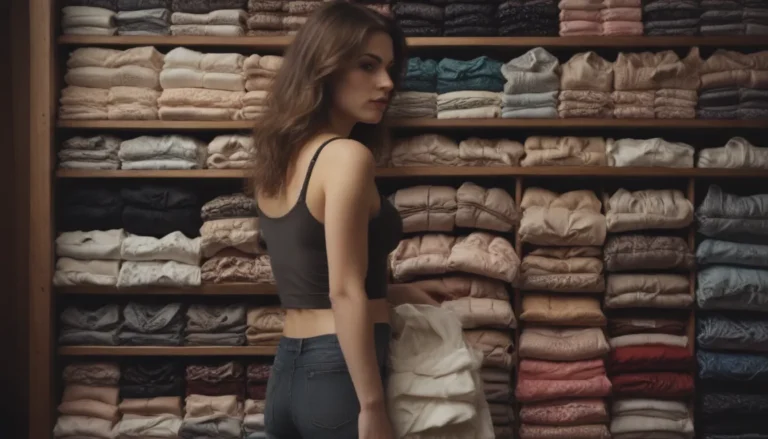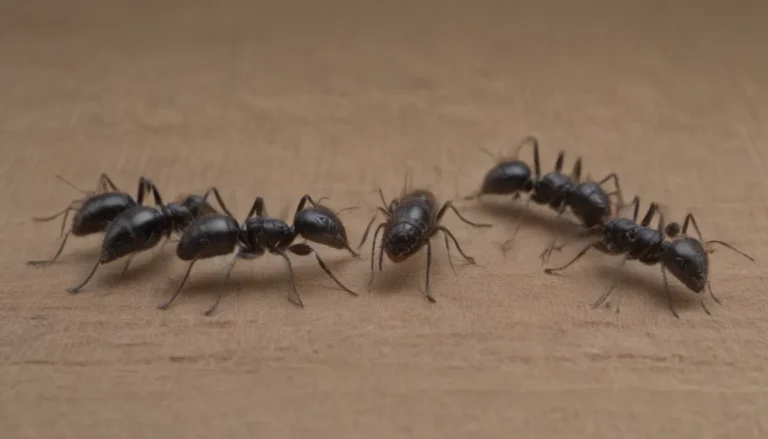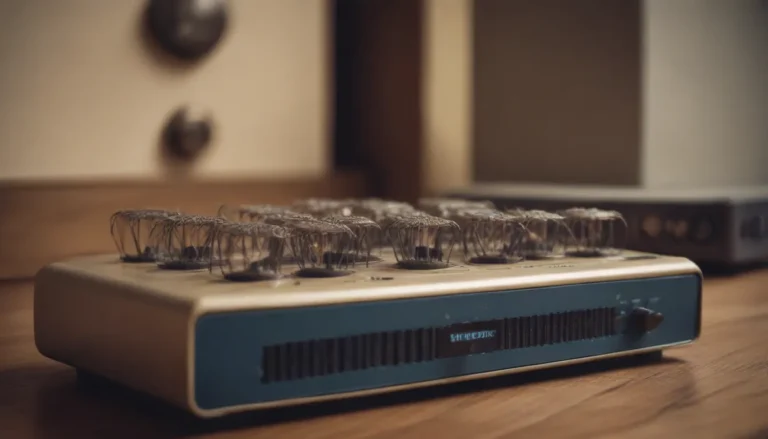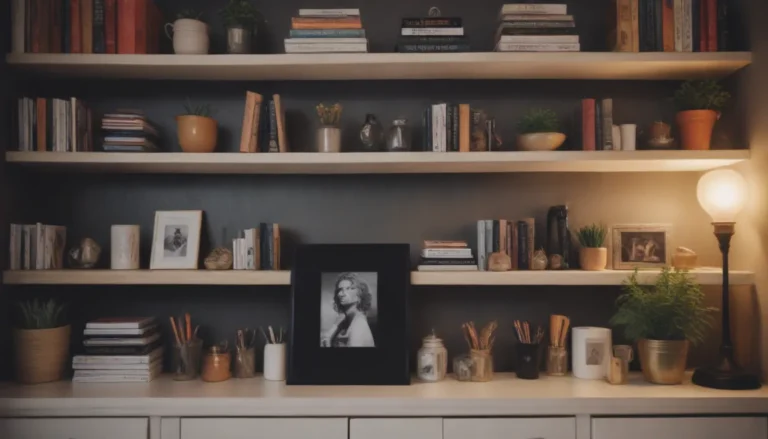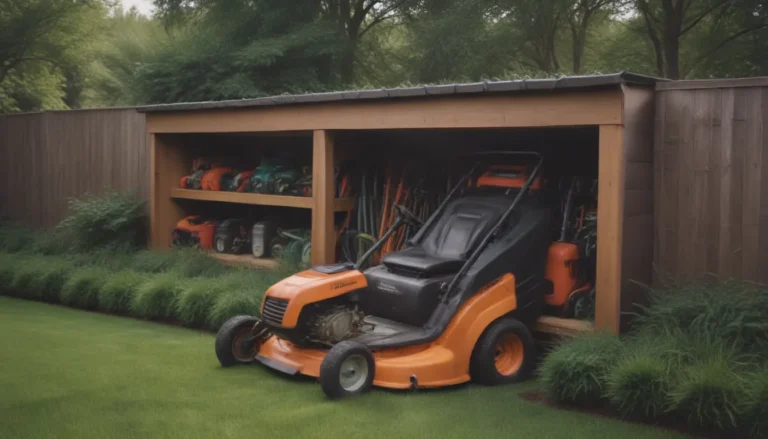The Dangers of Mixing Cleaning Products: Expert Advice on What to Avoid
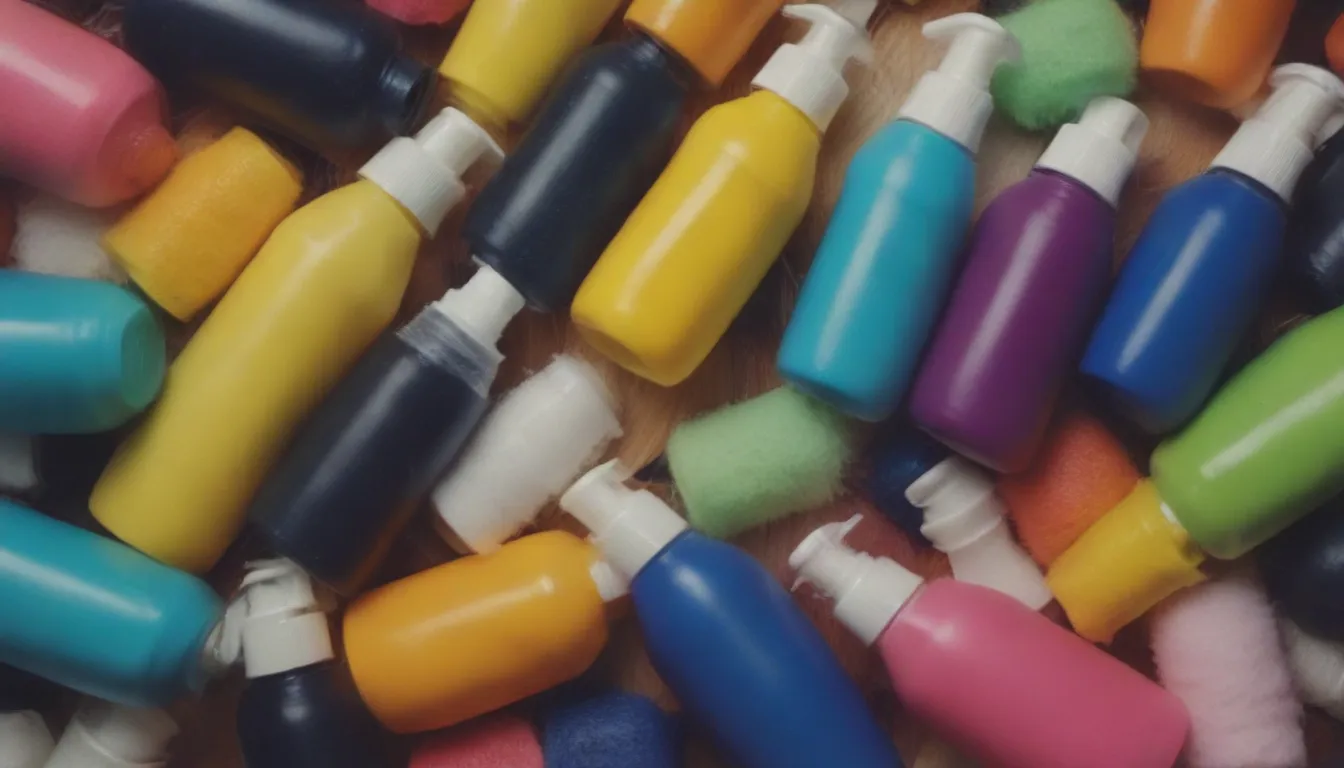
When it comes to cleaning our homes, it’s essential to be mindful of the cleaning products we use and how we use them. Mixing certain cleaning products can create harmful chemical reactions that can be extremely dangerous. To help you navigate your way around your cleaning chemical cabinet safely, we consulted with experts to compile a list of cleaning products that should never be mixed together.
Michael Silva-Nash, Mallory Micetich, and Mary Gagliardi are experts in the cleaning industry who have shared their insights on the potential dangers of mixing cleaning products. Let’s take a closer look at some combinations that should be avoided completely, along with their explanations on why these mixtures can be hazardous.
Bleach: A Powerful Cleaning Agent with Potentially Harmful Side Effects
Bleach is a staple in many households and is known for its strong cleaning capabilities. However, when mixed with certain other cleaning products, bleach can produce harmful fumes and compounds that can pose serious health risks. Here are some combinations involving bleach that you should steer clear of:
-
Bleach with Most Other Cleaning Products: Mixing bleach with other cleaning products should be done with caution, as it can create harmful chemical gases or render the cleaning agents ineffective. Always use bleach with care and avoid mixing it unless you are certain it is safe.
-
Bleach with Rubbing Alcohol: Combining rubbing alcohol with bleach can result in the production of chloroform, a toxic substance. Follow the label’s directions for proper dilution and ensure that the products are safe for the surfaces they are applied to.
-
Bleach with Vinegar: While bleach and vinegar are effective cleaning agents on their own, mixing them together can produce chlorine gas, which is harmful and can cause chemical burns. Avoid mixing these two substances to prevent any potential harm.
-
Bleach with Ammonia: Many cleaning products contain ammonia, so it’s best to avoid mixing bleach with any cleaning agent to prevent unintended chemical reactions. Stay safe by keeping bleach separate from other cleaning products.
Other Hazardous Cleaning Product Combinations to Avoid
In addition to bleach, there are several other combinations of cleaning products that should be avoided due to the potential risks they pose. Here are a few more mixtures that experts advise against:
-
Hydrogen Peroxide and Vinegar: Mixing hydrogen peroxide and vinegar can result in the formation of peroxyacetic acid, which can be harmful. For safety reasons, stick to using hydrogen peroxide or vinegar separately.
-
Vinegar and Baking Soda: While vinegar and baking soda are commonly used cleaning agents, combining them neutralizes their cleaning properties, making them less effective. It’s best to use these ingredients separately for optimal cleaning results.
-
Acidic Cleaners and Bleach: Acidic cleaners, such as rust removers, should never be mixed with bleach, as they can produce harmful vapors that pose health risks. Keep these cleaning products separate to ensure your safety.
-
Sodium Hypochlorite Bleach and Oxygen Bleach: Sodium hypochlorite bleach and oxygen bleach are powerful stain fighters on their own, but when combined, they cancel each other out, making them less effective. Stick to using one type of bleach for better cleaning results.
Expert Tips for Safe Cleaning Practices
To ensure that you are using cleaning products safely and effectively, follow these expert tips:
- Always read and follow the instructions on cleaning product labels for proper dilution and usage guidelines.
- Ventilate the area when using strong cleaning products to avoid inhaling harmful vapors.
- Store cleaning products in a cool, dry place away from children and pets to prevent accidental ingestion.
By being aware of the potential dangers of mixing cleaning products and following the advice of experts, you can keep your home clean and safe for you and your family. Remember, when it comes to cleaning, safety should always be your top priority.
